As a man, you forgive a beautiful woman for a lot of things, but does that also apply to technology? I am actually more of a fact-based person who can also live with an open wire if the performance is right. And then there's a part like that, which looks really good. But can the Sennheiser GSX 1000 score just as well in terms of acoustic values as it does in terms of optics? And what about functionality? Let's just test…
With the GSX 1000, Sennheiser is clearly aimed at gamers, not audiophiles. The manufacturer emphasizes this again and again when it comes to the product and this can be understood as a wink with the fence slat, if it should not be the whole pile. But prejudices are not my thing and so I test all this naturally with the necessary distance and respect for the product. Because one thing has convinced me before: you don't need any extra drivers, everything runs 100% with Plug and Play. Top.
Scope of delivery and firmware update
The GSX 1000 comes to the customer together with a USB 2.0 cable, safety instructions and a Quick Start manual, but you have to download the manual yourself. What you have to criticize, however, is that not all important functions are also included in the Quick-Starter, because with only one sheet more you could have saved the quite manageable manual. By the way, the Quick-Starter refers to the Sennheiser homepage for firmware updates. So far, so logical.
At least you might think so, but under GSX 1000 you can only find the manual and the safety instructions, nothing more. How do you explain to a normal customer that they first need to find, download and install the all-in-one firmware tool under Surround Dongle Downloads? Unfortunately, there is no information about this in the Quick Starter. A blind test with three people presented all three with this logical dilemma, because who is already looking in the driver corner when he explicitly buys a driver-less product?
And what can you say, you download the update tool to update this tool again first… Find the error. After a few minutes after all the setups, updates and restarts, you finally have to work your way through the use of the Sennheiser GSX 1000. Actually, because he doesn't run anywhere. PC, notebooks, Surface and Win tablet are running, but on a Playstation 4 you end up with less luck, you look.
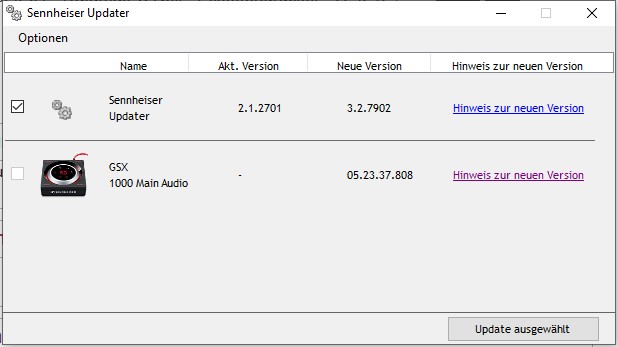
Haptics, optics and operating concept
Square, practically good? The exterior is practically the chocolate side of the GSX 1000 and thus it swings at least visually already to the knight of the desktop. Haptically, the whole thing is rather mediocre, because ABS remains ABS and except for the ring of the touch panel, everything is well cast in shape black plastic granulate. Otherwise, the whole part consists of touch surfaces without end.
The operation is carried out via a large touch panel and, if the symbolism and structure has been grasped, is also free of puzzles. However, the handbook reading is the first civic duty here, because at least the options on the individual points need to be explained. This also applies to the four sensor surfaces in the corners of the top and it happened to me not only once when holding up the camera with both hands, that I forced the reset of the configuration to the factory state. Ok, blame yourself.
I also intentionally took the picture below as the GSX 1000 reveals itself after 10 minutes of testing: as a fingerprint file of the very first quality. A microfiber cloth in the scope of delivery would have been the minimum. But ok, sponge over it. Or better, such a cloth. As a wearer of glasses, you suffer from something like this, thank God at least no shortage.

The concept is quite well thought out, because all functions are realized in the GSX 1000 and the settings are also saved. The ambitious reader is welcome to find out what is triggered and works in detail from the manual embedded below, because that now leads a little too far in detail. Nevertheless, I still have to write something about the range of functions, which it certainly has in itself. Let's get in and out.
The USB port not only supplies the GSX 1000 with power, but also serves as a data port. The GSX 1000 functions as a standalone DAC and amplifier, including complete sound processing. In addition to the microphone input, whose signal is via an internal filter (noise reduction, you can find it or not), there are two outputs for headphones and speakers that can be easily switched via touch.
The chat function with the ruleer on the right is also nice. However, the specification of the technical data is almost an imposition and I have inserted the copy of the website (including possible spelling errors) to clarify the content vacancy:
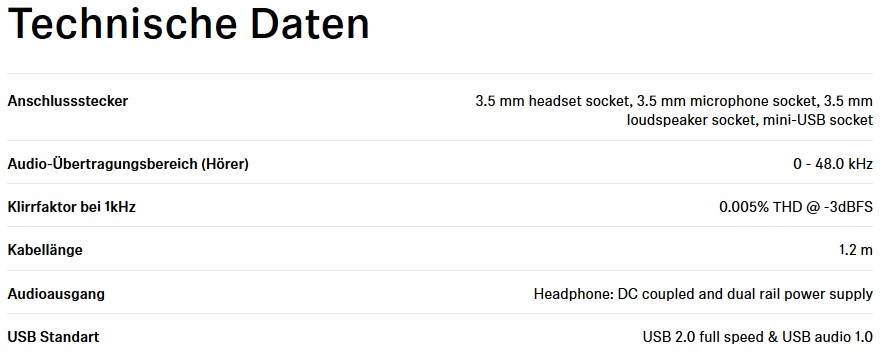
One specifies an imaginary distortion factor, but without specifying an output power or the output voltage, as well as the associated impedances? Useless and superfluous. And it was exactly the point where I decided to chase the part through the measurement setup in the laboratory. With the almost expected result, because I guess there is no separate amp in the GSX 1000, but only what the DAC chip delivers anyway. But more on that. In addition, I do not have any information about the installed converters and the abortion rates.
But the GSX 1000 also has a lot of positives to say, because the built-in surround solution is better than what I've heard from Creative, Razer or all the C-Media solutions of the low-cost headsets. That much has to be admitted to the product in fairness, although I don't actually stand on such skill amplifiers and prefer a good stereo sound. Because one thing is clear: it is nothing more than cheating the brain with its own listening experiences.
If you create an identical sine signal of 1 KHz with the same level on both channels, then an interesting picture results between stereo and 7.1. mode, in which one sees how a channel is both phase shifted and displayed a little quieter at the level. This then changes when switching between the surround modes, where you can opt for the location preference (rear / front) (depth positioning in space). But I don't write anything about the reverb, because it's silly game stuff and dramatically worsens the location.
Before I go into detail during the test on the next page, I quickly embedded the promised manual here. The rest will then be on page 2 of this review. Turn over please, it's worth it!
GSX1000_UserGuide_A03_1017_SP19_version1_INT














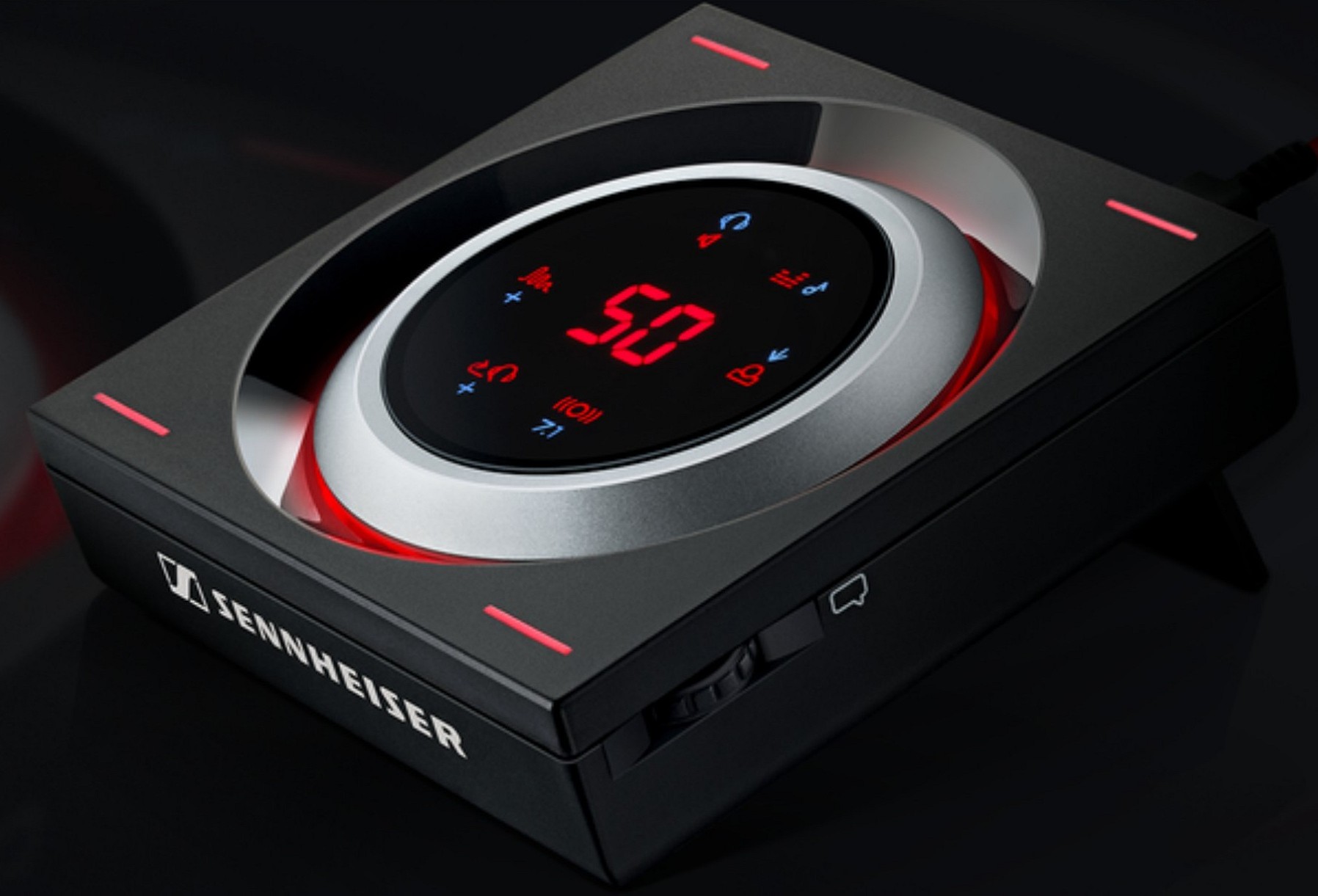
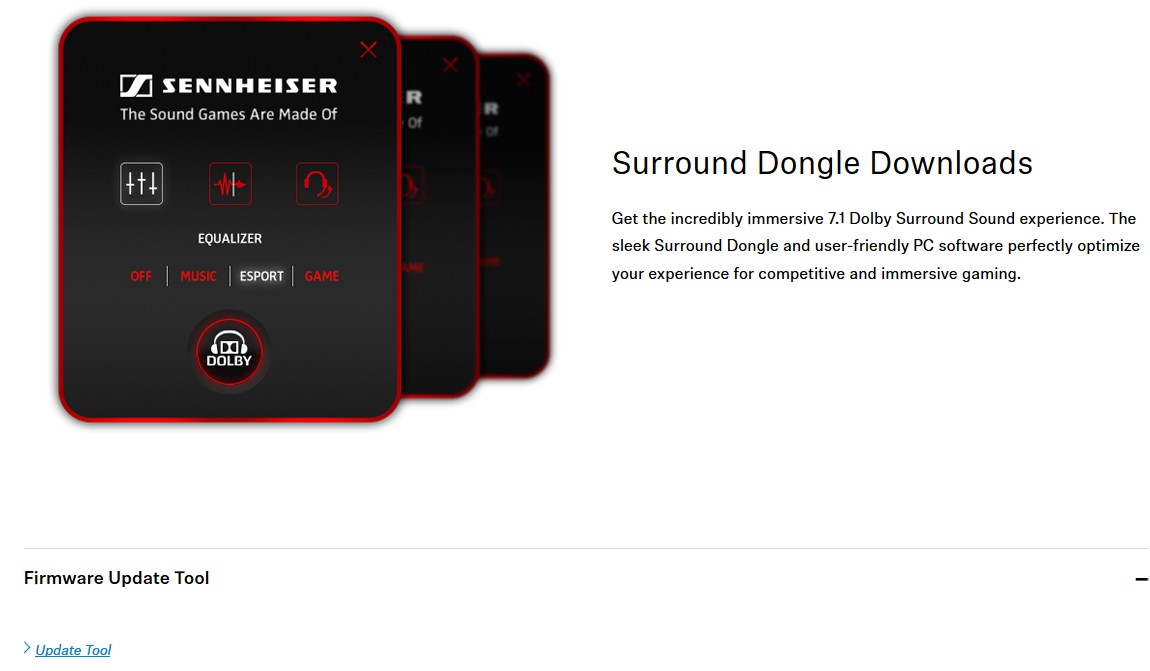




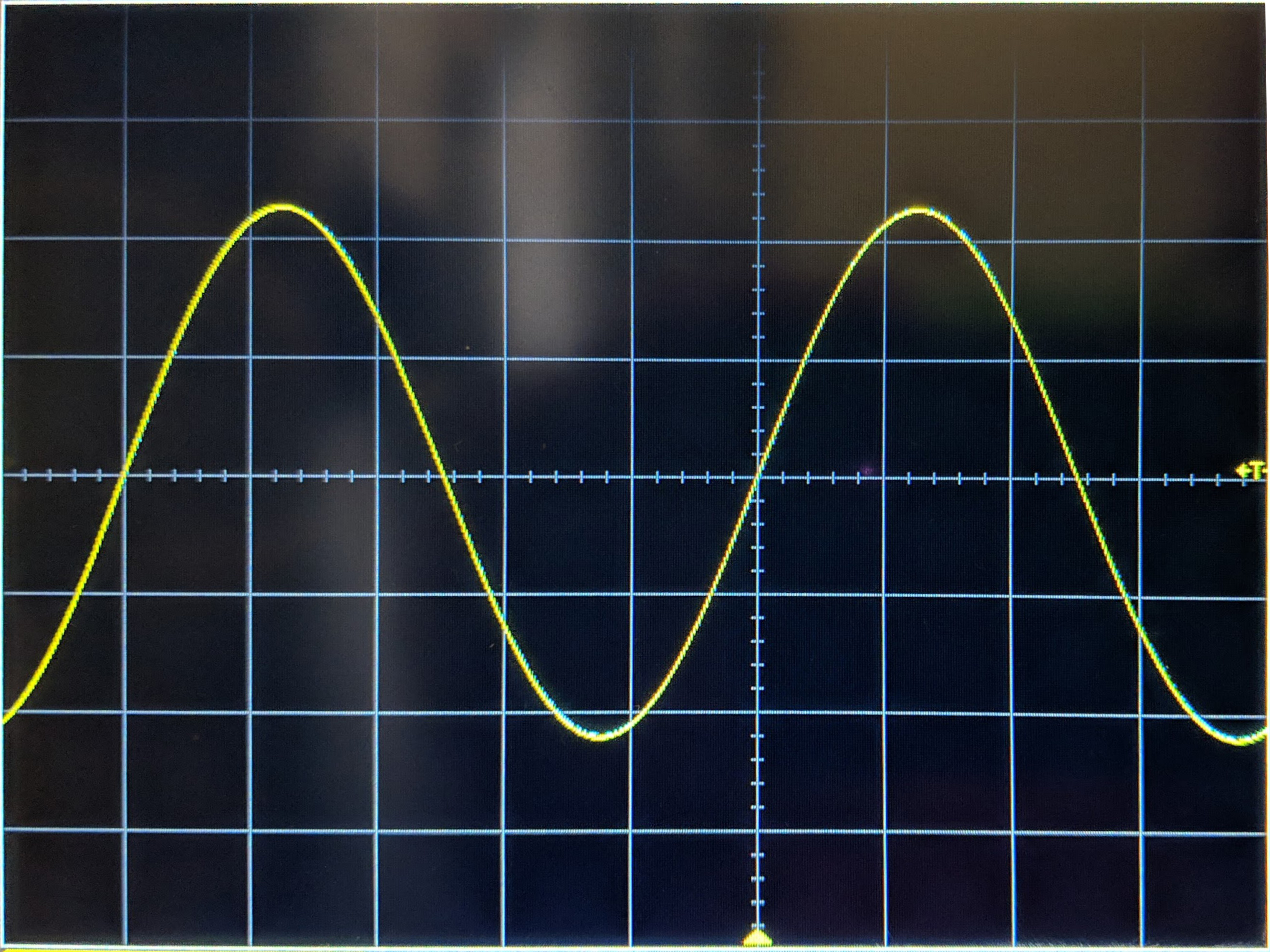


















Kommentieren